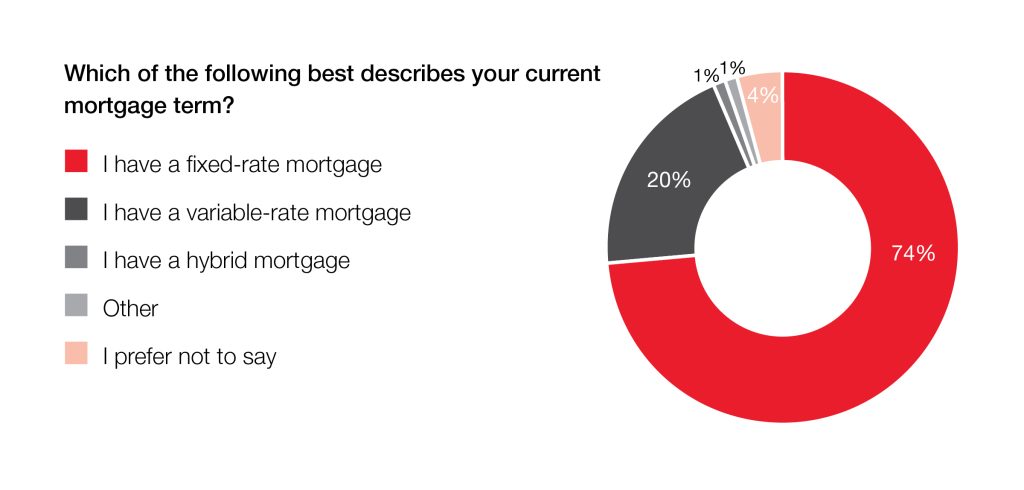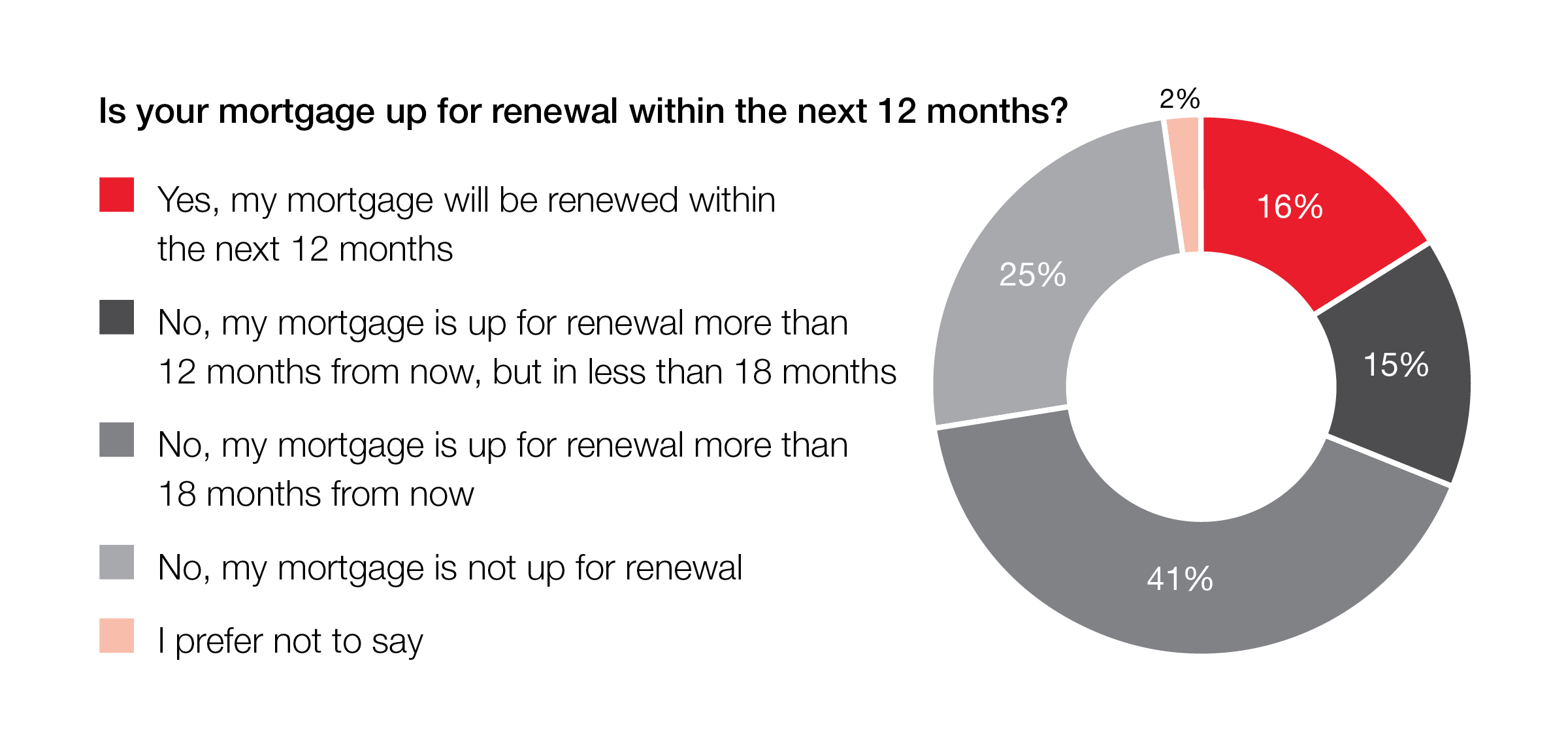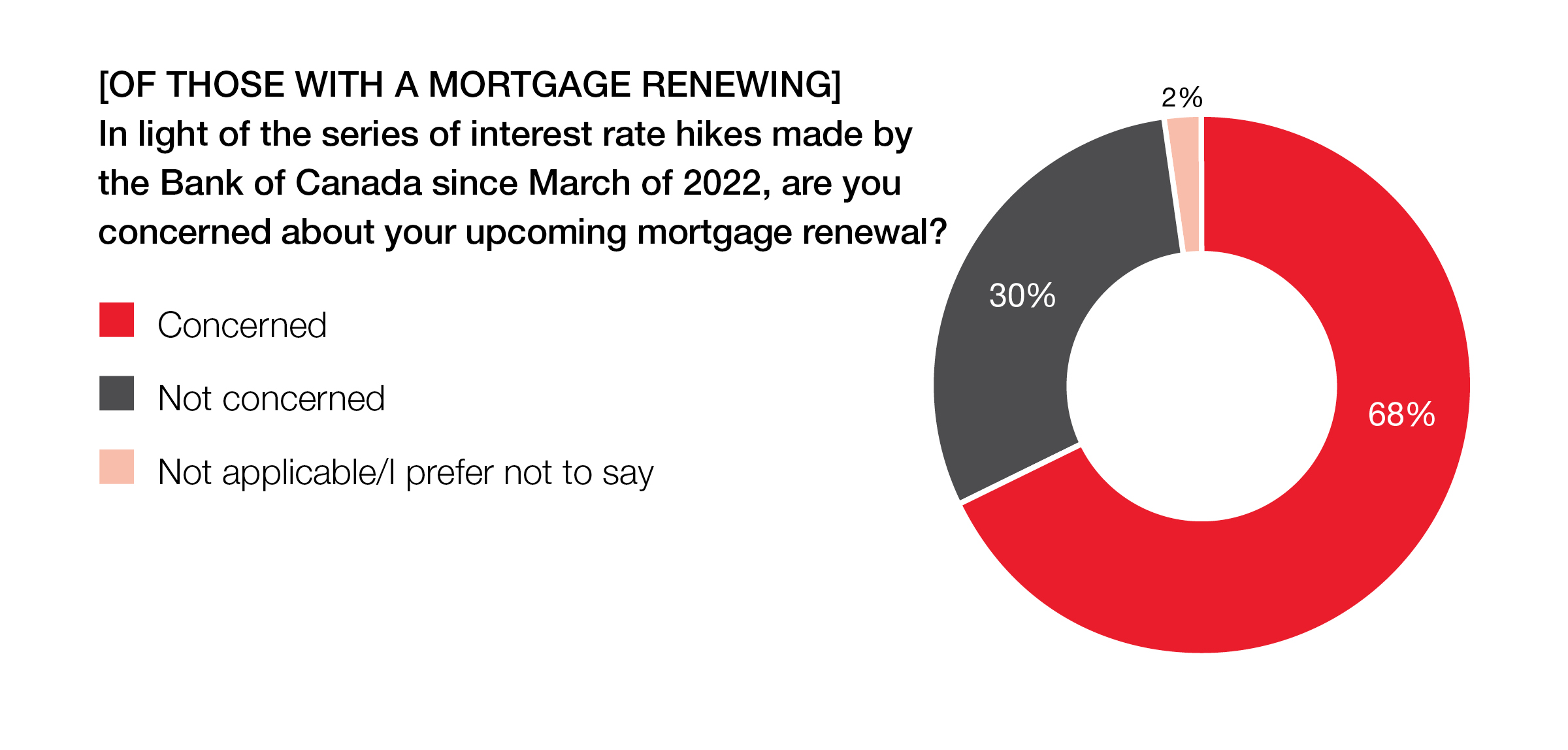Nationally, median house price forecast to rise 2.9% in 2024 as interest rates are expected to stabilize or moderate
The winter housing market in Canada's recreational areas has shown a decline in activity compared to the peak seen during the pandemic. Fewer buyers are making purchases, and there's a slight increase in available properties. This slowdown is attributed to concerns about higher interest rates and increased living costs. Despite these factors, property prices in these coveted winter destinations are anticipated to experience a slight rise, with borrowing rates expected to either stabilize or slightly decrease in the coming year.
The Royal LePage 2023 Winter Recreational Property Report forecasts a 2.9% increase in the median price of single-family detached homes in Canada's ski regions over the next 12 months, reaching $1,099,661. This projection is based on the assumption of stable interest rates or a modest decline extending through 2024.
Pauline Aunger, the broker of record at Royal LePage Advantage Real Estate, notes, "Recreational house prices in Canada’s popular ski regions are expected to remain stable in the year ahead. While demand has weakened and supply has increased compared to the pandemic-fueled boom, market activity is trending back to normal historical levels."
Despite a modest decline in home prices in ski regions since the beginning of 2023 due to softened buyer demand, the decrease hasn't been substantial. Factors contributing to this decline include higher interest rates, increased living expenses, and economic uncertainty.
Aunger emphasizes, "Although recreational real estate markets vary greatly from one region to the next, activity on the whole in Canada’s winter recreational communities has noticeably slowed. Annual sales are down in most regions and inventory has climbed modestly as the market continues to regain balance. This has not, however, translated to steep price declines in a majority of markets."
The report highlights that despite a decline in buyer demand due to environmental factors like wildfires, and an increase in available properties caused by rising interest rates, certain regions like Quebec's Mont Sutton and B.C.'s Mount Washington/Comox Valley have seen substantial median price gains in the single-family detached segment.
In addition, Mont Sainte-Anne in Quebec recorded a significant 83.4% increase in year-over-year median condominium prices due to a variety of property styles, price points, and limited inventory.
Highlights from the national release:
24% of Royal LePage recreational property market experts reported a decline in buyer demand this year as a result of climate factors or environmental disasters, following unprecedented wildfire season
41% of experts reported an increase in inventory as a direct result of rising interest rates
Quebec’s Mont Sutton and B.C.’s Mount Washington/Comox Valley regions recorded highest median price gain in single-family detached segment, increasing 27.3% and 26.5% respectively, year over year
Mont Sainte-Anne in Quebec recorded an 83.4% increase in year-over-year median condominium price; sharp gains reflect wide range in property styles and price points, and scarcity of inventory
Read Royal LePage’s 2023 Winter Recreational Property Report for national and regional insights.
Highlights from the national release:
24% of Royal LePage recreational property market experts reported a decline in buyer demand this year as a result of climate factors or environmental disasters, following unprecedented wildfire season
41% of experts reported an increase in inventory as a direct result of rising interest rates
Quebec’s Mont Sutton and B.C.’s Mount Washington/Comox Valley regions recorded highest median price gain in single-family detached segment, increasing 27.3% and 26.5% respectively, year over year
Mont Sainte-Anne in Quebec recorded an 83.4% increase in year-over-year median condominium price; sharp gains reflect wide range in property styles and price points, and scarcity of inventory































.png)
